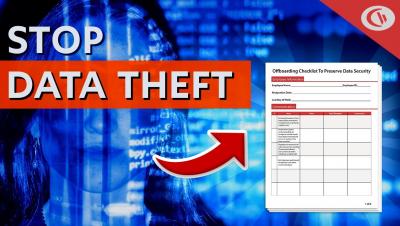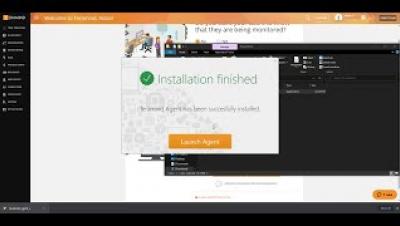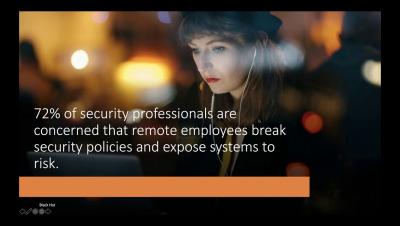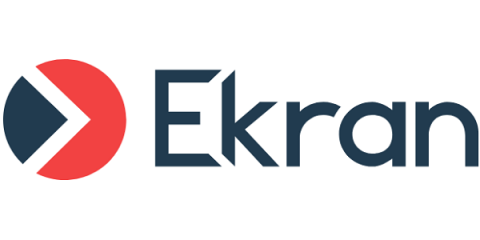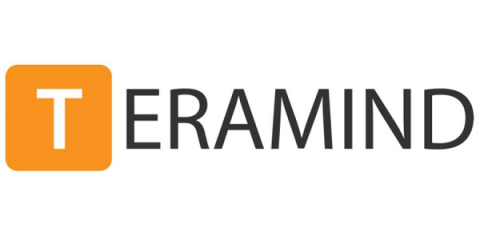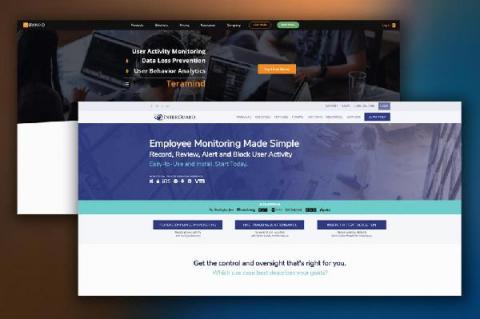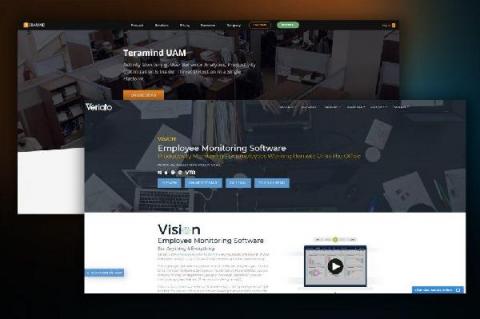Security | Threat Detection | Cyberattacks | DevSecOps | Compliance
Insider Threats
The latest News and Information on Insider Threats including employee monitoring and data privacy.
Teramind Cloud Installation Guide
Extending CyberSecurity Beyond The Office Perimeter
People-centric Security for Remote Workers
5 Security & Productivity Hacks for Home Businesses
These are anxious times for small and medium-sized businesses (SMBs). According to the U.S. Chamber of Commerce, 70% are concerned about financial hardship due to pandemic-related disruptions, and more than half are worried about having to close permanently. At the same time, SMBs are tasked with personnel management in an increasingly distributed and frequently fraught environment where employees are stressed and burned out. Collectively, it’s a sizable challenge for SMB leadership.
Teramind vs. InterGuard | 2021 Feature Comparison
Teramind and InterGuard, both are highly regarded as powerful employee monitoring platforms for the modern workforce. Both of them have strong activity monitoring, productivity analysis and reporting features. Especially, after the recent refresh of its UI, InterGuard has been able to up its game in user friendliness – a big factor for this kind of software. On the other hand, Teramind is already known for its intuitive, award-winning interface.
Here's How Employee Monitoring Software Makes Remote Teams Secure
More than 80% of small and medium-sized businesses (SMBs) view IT security as a top business concern, and 75% of corporate executives rank cybersecurity enhancements as a pressing issue in the year ahead. For many, this means adapting to a long-term remote workforce by empowering employees to be productive and secure from any location. In response to last year’s pandemic, 85% of CISOs reported sacrificing cybersecurity to enable remote work. Now, it’s time to revive those capabilities.
Teramind vs. Veriato | 2021 Feature Comparison
An apples to apples comparison between Teramind and Veriato is difficult because they follow slightly different approaches when it comes to bundling product features and offerings. We’ve chosen the two most similar employee monitoring packages between the two solutions to compare. Teramind’s package, called Teramind UAM packs all the features you would expect from a modern employee monitoring solution like monitoring, recording, detection and activity control.
Consistency, Efficiency And Security: Three Priorities For The 'Anywhere Workforce' In 2021
The efficacy of remote work has been debated for decades. Now, as companies begin pursuing a post-Covid-19 reality, the debate is finally settled. According to some of the most prominent companies in Silicon Valley, including Google, Facebook, Twitter and Apple, the answer is a hybrid model. Rather than being dogmatic and dichotomous about workplace arrangements, these companies find value in a hybrid model that includes a flexible mix of on-site and remote teams.


